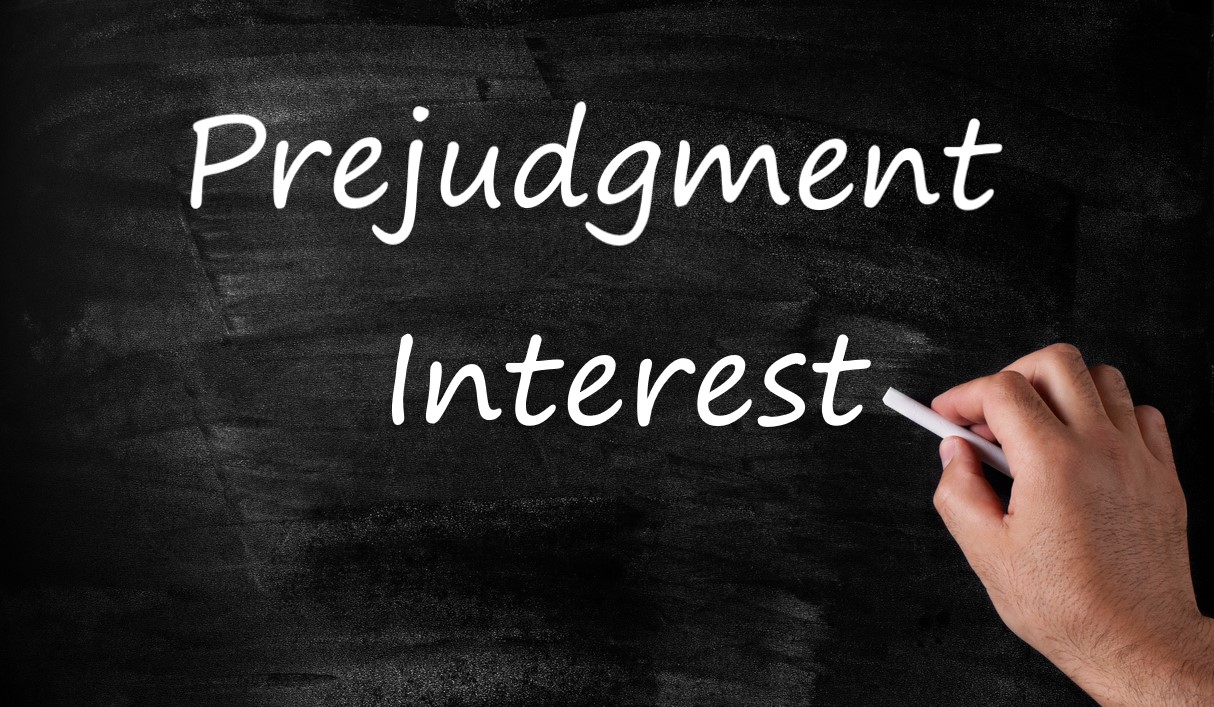The title of this article seems to explain an interesting yet strange concept if you think about it in the abstract; that an act can be considered vandalism even if it is not directed at the damaged property that is insured. When you think about it in the context of vandalism claims in property insurance policies, it makes sense. It comes down to what state of mind is required to support the cause of loss as vandalism in a property insurance claim. It also comes down to how the policy defines vandalism within its terms.
New York’s highest court stated that “vandals may act simply out of a love of excitement, or an unfocused desire to do harm.”1 So the term vandalism, as it is normally understood, does not need to imply a specific intent to accomplish a particular result.
Why does this matter you might ask, particularly as it relates to first party property insurance claims?
Because where damage naturally and foreseeably results from an act of vandalism, a vandalism clause in an insurance policy should cover it.
The United States Court of Appeals for the Second Circuit certified two questions to New York’s highest court:
(1) “For purposes of construing a property insurance policy covering acts of vandalism, may malicious damage be found to result from an act not directed specifically at the covered property?”
(2) “If so, what state of mind is required?”
The policy involved in the case was a named-peril policy that defined “vandalism” as “willful and malicious damage to, or destruction of, the described property.”
The neighboring property to the policyholder decided to build a new building that would include an underground parking garage. It hired contractors to do the excavation. The excavation caused cracks in the walls and foundations of the policyholder’s building; the cracks became more pronounced, the building began to settle, and the policyholder feared the building would collapse. The New York City Department of Buildings issued a series of violations and “stop work” orders. The policyholder filed a claim with its insurer that was denied. The lawsuit followed.
New York’s Court of Appeals answered that in the context of vandalism claims: (1) malicious damage within the coverage of such a policy may be found to result from acts not directed specifically at the covered property; and (2) to obtain coverage under such a policy, the insured must show malice, defined as such a conscious and deliberate disregard of the interests of others that the conduct in question may be called willful or wanton.
This opinion reflects a win for policyholders as it relates to vandalism coverage and how expansive the coverage may be under property insurance policies. The court stated that “we see no reason why the term ‘vandalism’ should be limited to acts ‘directed specifically at the covered property’.”
1 Georgitsi Realty, LLC v. Penn-Star Ins. Co., No. 156, 2013 WL 5637757 (N.Y. C.O.A. October 17, 2013).



